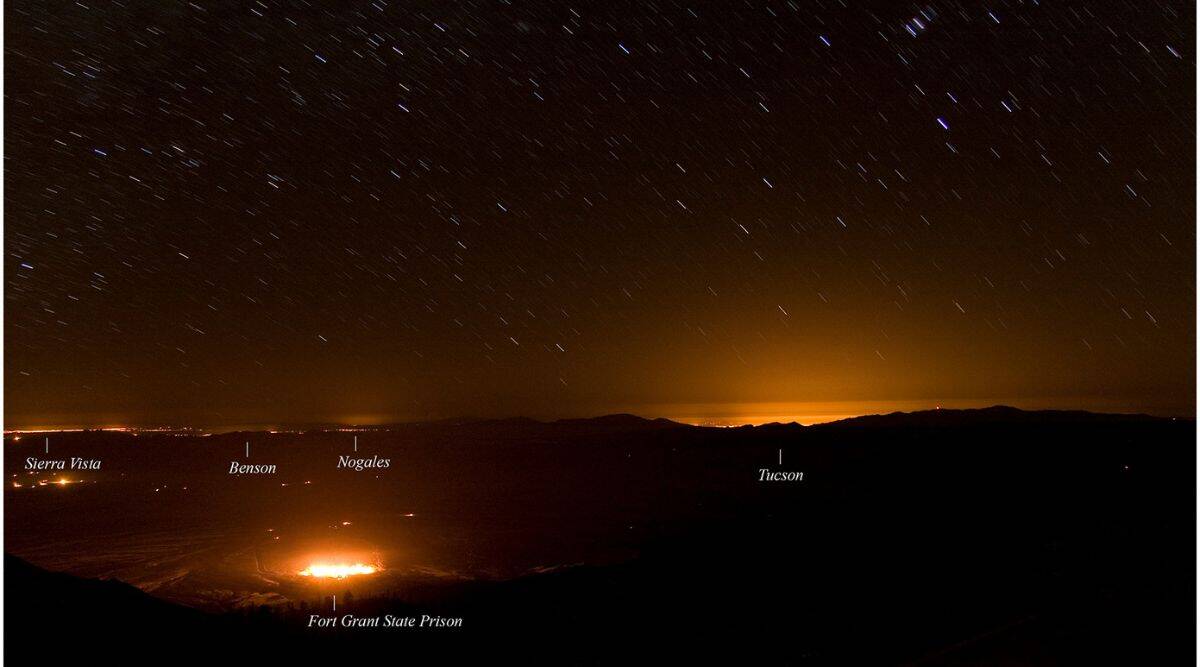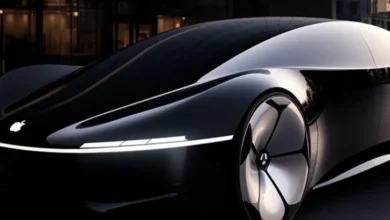Major space observatories affected by light pollution to a degree of 75%: study

A recent study that examined and compared the levels of light pollution at significant astronomical observatories around the globe discovered that most observatories are affected by light pollution and that prompt action will be needed to reduce the amount of contamination from artificial light sources.
Nearly 50 observatories worldwide, ranging in size from modest amateur observatories to the greatest professional observatories, are covered by the study published in the Monthly Notices of the Royal Astronomical Society. The scientists fitted a model of light transmission through our planet’s atmosphere to nighttime satellite data.
The Royal Astronomical Society states that the brightness directly overhead is traditionally used to gauge light pollution. The researchers also used the average brightness at the first 10-degree angle above the horizon, the average brightness throughout the entire sky, the brightness of the ground from artificial light coming from the night sky, and other indicators.
In the study, these markers were contrasted with the sky’s normal brightness, which is brought on by airglow and light from the Milky Way’s stars. This comparison showed that there is substantially more light pollution than previously thought at important observatory sites.
Only seven of the study’s 28 large observatory sites—those with telescopes with a diameter of three metres or greater—had zenith (straight overhead) sky brightness with light pollution below the 1% criterion, according to the researchers. The other 21 observatories are consequently all above the level and are subject to light pollution.
The lowest pointing direction is typically 30 degrees above the horizon for ground-based telescopes. In this region of the sky, only one out of the 28 observatories had light pollution below the 1% threshold. In actuality, two-thirds of the major observatories have surpassed the stricter 10% criteria.
The researchers claim that this light pollution poses a threat to ground-based telescopes’ viability and has to be urgently addressed in order for observatories to continue contributing significant astronomical research.



